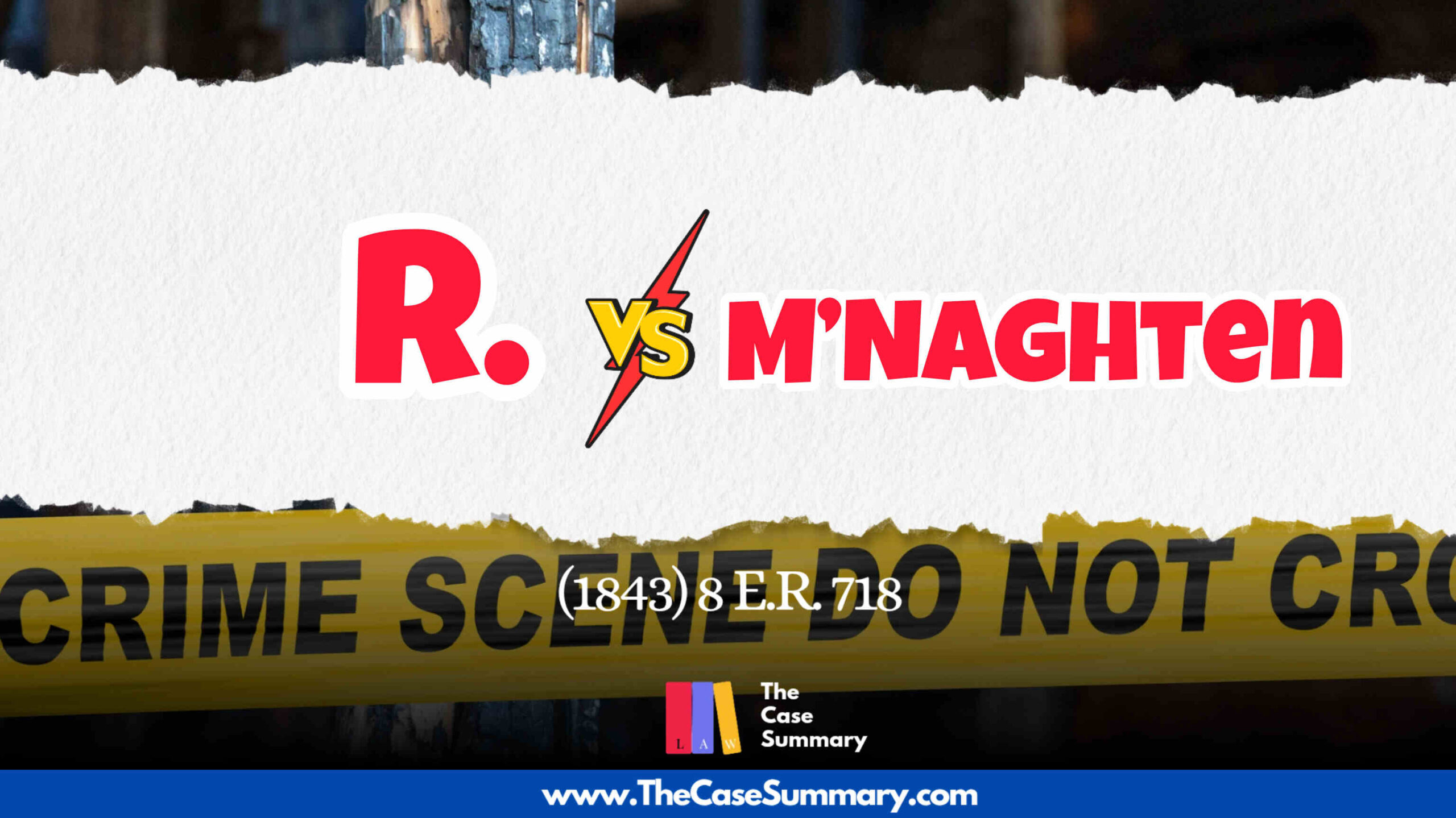Suddha Sardar & Ors. vs The State
Citation : 9 DLR (1957) 645
Jurisdiction : Pakistan
Appellant : Suddha Sardar and Ors. (Defendant in the court of first instance)
Respondent : The State (Prosecutor in the court of first instance)
Facts :
On November 12, 1955, nine appellants formed an unlawful assembly armed with lathis and sulphis to assault Nasir Sardar (alias Nasiruddin Sardar) over a land dispute in Mouza Boalia, Rajshahi. The deceased, who claimed a sub-plot in C.S. Plot No. 1949, was chased by appellants Abdus Sattar, Babaruddin, and Budhai, while plowing. The accused were caring lathis and sulphis in their hands. Then, the deceased was ambushed by six others (Sudha Sardar, Atab alias Atabuddin, Moyezuddin, Dola, Kusha and Badaruddin) hiding near different person’s land (Gana Mondal’s land). All nine collectively beat him, causing fatal injuries. Nasir died the next day at Naogaon Hospital. Witnesses-including Nasir’s son Nazrul Islam (PW 3), nephew Abdul Aziz (PW 1), and bystander Taleb Ali (PW 6) testified to the appellants’ roles. The appellants were convicted of rioting (Sections 148 of Pakistan Penal Code) and culpable homicide (Section 304 of Pakistan Penal Code) for their premeditated, group assault rooted in the land dispute, with the court emphasizing their shared intent and use of deadly weapons. In the original trial, the appellants were charged under sections 148 and 304/34 of the Pakistan Penal Code. Some of them were convicted under both sections, and some were convicted only under section 148. So, these nine accused filed two appeals (Appeal Nos. 425 and 437 to 378 of 1956). However, the judges addressed them together because many of the arguments apply to all of the appellants, though appellants brought up different arguments.
Issues :
1. Is a dying declaration recorded by a Magistrate admissible as evidence without further proof, particularly under the provisions of Section 3 and Section 80 of the Evidence Act?
2. Can the first information report (FIR) be used to argue that witnesses are lying?
3. Did the judge give the jury enough correct information and guidance to make a fair decision?
Decisions :
The first allegation from the appellant was that the learned Judge erred in not taking into consideration a dying declaration. The appellants were saying that the dying declaration should have been automatically accepted as valid evidence because it was officially recorded. For their argument, they cited Section 3 and Section 80 of the Evidence Act, and relied on Suraj Bali v. Emperor [A.I.R 1934 All. 840].
However, the court determined that it should not be accepted as sole proof without further evidence, referencing Empress v. Samiruddin [ILR 8 Cal. 211] and other Calcutta High Court decisions to support the view that dying declarations require proof. The court also reasoned that the mere presence of a document in court records does not automatically validate it as evidence; it must be properly presented and proven according to the Evidence Act. Furthermore, the court clarified that Section 80 of the Evidence Act does not automatically validate dying declarations, as this section applies to specific documents like records of evidence or confessions. Even if a dying declaration is admitted, the court emphasized that it still needs to be proven to be the statement of the person who supposedly made it.
Then, the appellants claim that the FIR did not mention two of them (Moyez and Dola). However, the investigating officer presented all nine appellants for trial and the court declared them guilty. So, the defense argued that the judgment contradicted witness statements. On this point, the court declared that the judge was correct in telling the jury that the FIR isn’t primary evidence and that it can’t be used to argue that the witnesses are lying, except for the person who made the report. The court clarified that just because some witnesses weren’t named in the FIR, it doesn’t mean their testimony is invalid. So, the court stated that their statements in court cannot be challenged by what is written in the FIR.
Then the court addressed the last claim of the appellants on the issue of the judge’s guidance to the jury. The court concluded that despite some imperfections, the judge provided sufficient information and direction for the jury to make a fair decision. The court reviewed the judge’s instructions and determined that the key issues and evidence were properly addressed, and substantial justice was served.
The High Court of East Pakistan, having considered all arguments, found no merit in the appeals. The judgment in this case is that the appeals were dismissed and the convictions and sentences of the appellants were upheld.
Relevant Laws :
- The Penal Code, 1860
- Section : 148, 304
- The Evidence Act, 1872
- Section : 3, 80
- The Code of Criminal Procedure, 1898
Author :
1. Farah Arifin
Note : The Case Summary is a platform by the law students, for the law students. We aim to summarize the facts and decisions of various important cases in both Bangla and English with utmost caution. However, this platform is in no way a replacement for going through the complete judgements by the law students and we discourage any learner from relying on case summaries alone. Thank you



